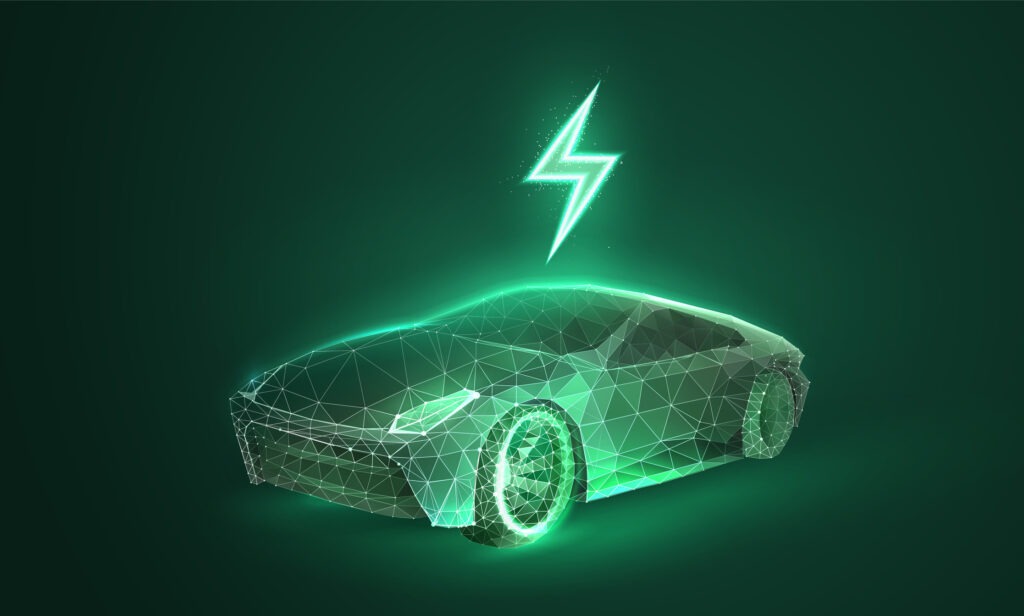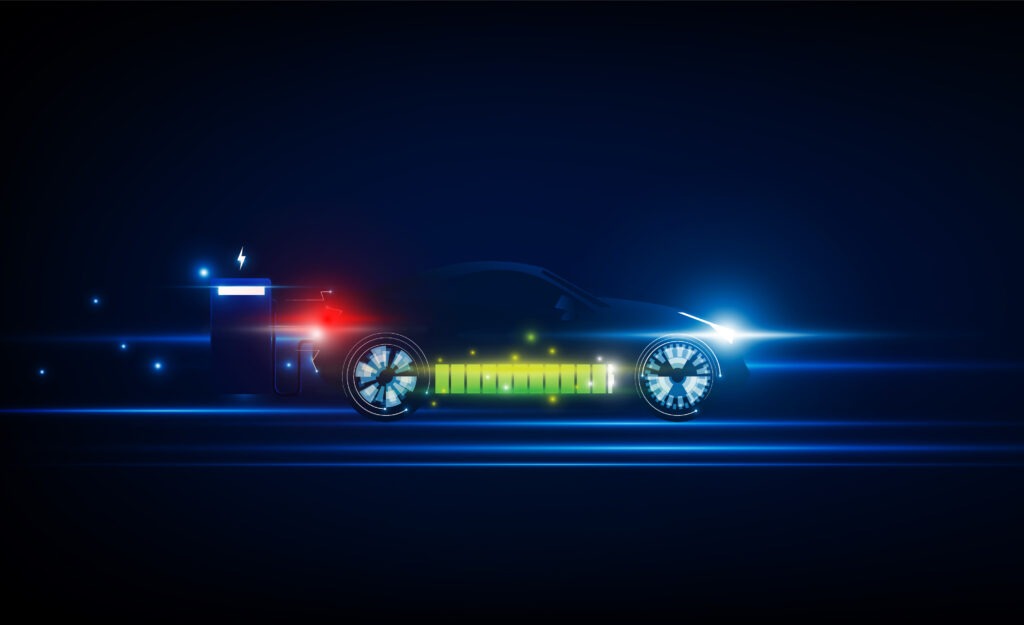Are battery-electric vehicles struggling in the German used-car market?
11 September 2024

Germany is home to one of the largest used-car markets in Europe. This means the performance of battery-electric vehicles (BEVs) in this region can have a significant impact. In this Autovista24 podcast, journalist Tom Hooker investigates the market with Eurotax regional head of valuations for Germany, Austria, Switzerland, and CEE countries Robert Madas.
The German new-car market has endured a turbulent 2024 so far. This has been mainly driven by a BEV decline, particularly in August. But how is the powertrain performing in the country’s used-car market?
Subscribe to the Autovista24 podcast and listen to previous episodes on Spotify, Apple and Amazon Music.
Show notes
Monthly Market Update: BEVs record another used-car market low in August
German new-car market slumps into worrying decline in August
Reluctant residual values
Like in other major European markets, BEVs in Germany enjoyed a residual value (RV) peak at the end of 2022 and the start of 2023. However, the technology has been steadily declining ever since.
In this time, RVs for 36-month-old BEVs at 60,000km have been falling significantly faster than internal-combustion engines (ICE). The powertrain has even been outperformed by plug-in hybrids.
While ICE is now showing a stable RV level again, BEVs are still suffering a downward trend. Although, there is a different trend for younger used vehicles. 12-month-old BEVs are seeing a similar RV performance to diesel cars.
The overall BEV decline can be attributed to many factors, such as some models not meeting the needs of customers. Furthermore, after four years the technology in used BEVs has quickly become outdated.
This gap is likely to grow in the future, as new BEVs are released with higher ranges, faster charging and new capabilities. This will lead to greater depreciation for used BEVs.
With manufacturers also coming under sales pressure in the new-car market, discounts are playing a more pivotal role. This negatively impacts the RVs of these models when they filter into the used-car market.
List price disparity
Another influencing factor is the price disparity between BEVs and their ICE counterparts, a rift which is still present in the new-car market.
The overall increase in new-car list prices since the start of 2024 was well below the inflation rate. This followed a trend of sharp increases during 2022 and 2023 for new cars. Some OEMs have also started utilising agency distribution models, leading to lower list prices.
Yet, on average, BEVs are still more expensive than ICE models. This makes it hard for the technology to keep its RV level consistent with petrol and diesel models.
Subdued demand
Demand for BEVs in Germany has been subdued. Some all-electric models, such as the Tesla Model 3, Tesla Model Y and Volkswagen ID.3 are an exception to this rule. These all-electric cars are met by stronger demand, usually selling quite quickly.
However, supply has not kept up with demand, meaning there are high stock levels. A 36-month-old BEV took 72 days to sell on average in August. This is much longer than an ICE car spends in stock. Diesel models took 53 days on average to sell in August, while petrol powertrains took 57 days.
BEVs are still struggling with the transition from an early adopter, or company car market, to the mass market. Early buyers were prepared to pay a premium for the technology, but mass-market customers are more price-sensitive, particularly when buying used cars. Therefore, the current supply of BEVs is not easily absorbed by used-car markets.
Double-digit RV decline
At the end of this year, three-year-old BEVs are forecast to see RVs (presented as a percentage of new-car list price) fall by 10.4% year on year. In the short term, BEVs will continue to struggle in Germany’s used-car market.
However, in the mid-term, BEV RVs will balance out. This is because supply and demand will be moderated by list prices.
Looking further into the future, the performance of used BEVs in Germany will depend on the speed of electrification. There is still a lot of uncertainty, with ongoing discussions of postponing the 2035 ICE ban. This has led to customer doubt, as well as OEMs reviewing their BEV strategies.
The technology’s performance will also be impacted by political decisions, for example, if subsidies for used BEVs become available. Based on these factors, RVs for these all-electric models are expected to stabilise after 2026.




